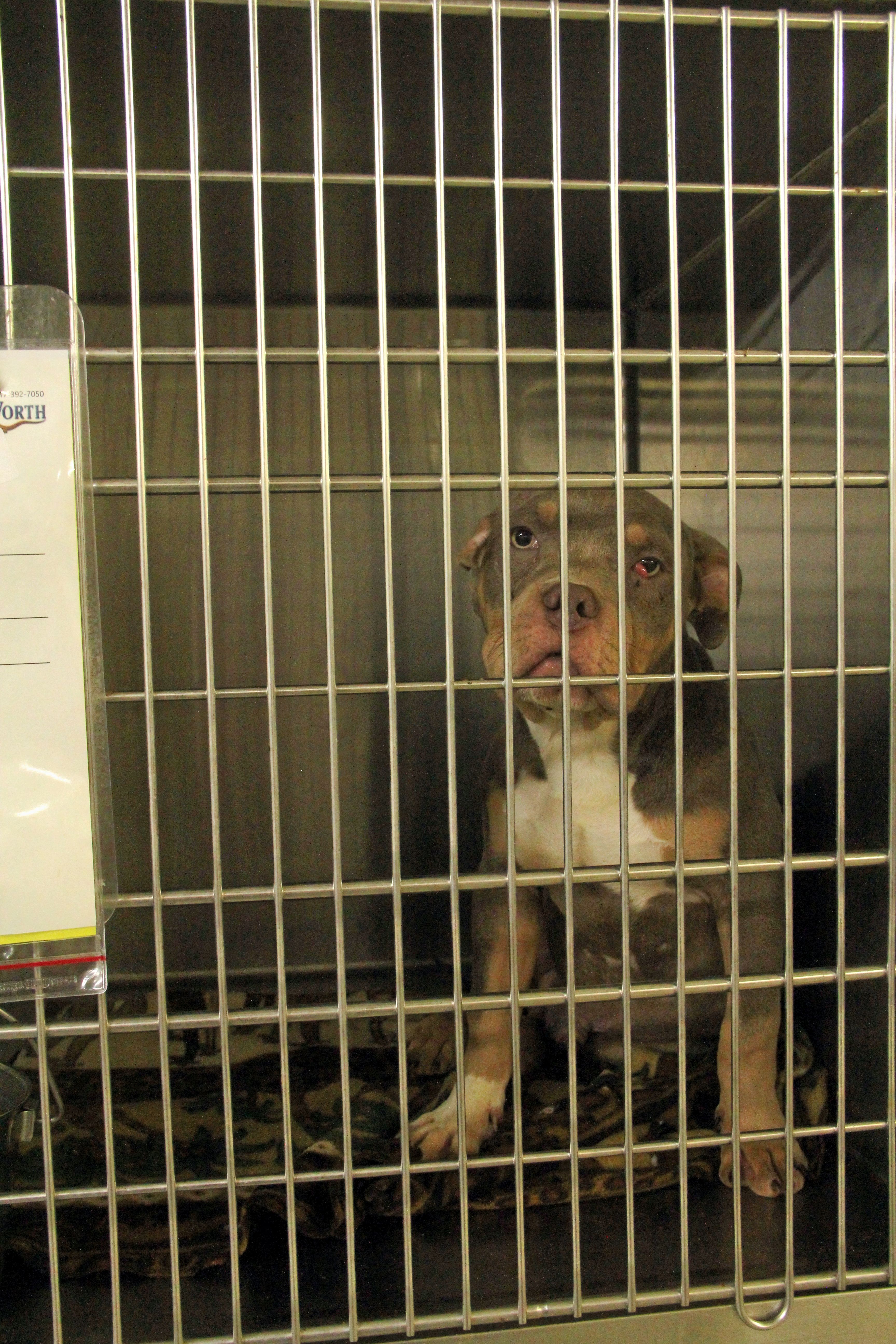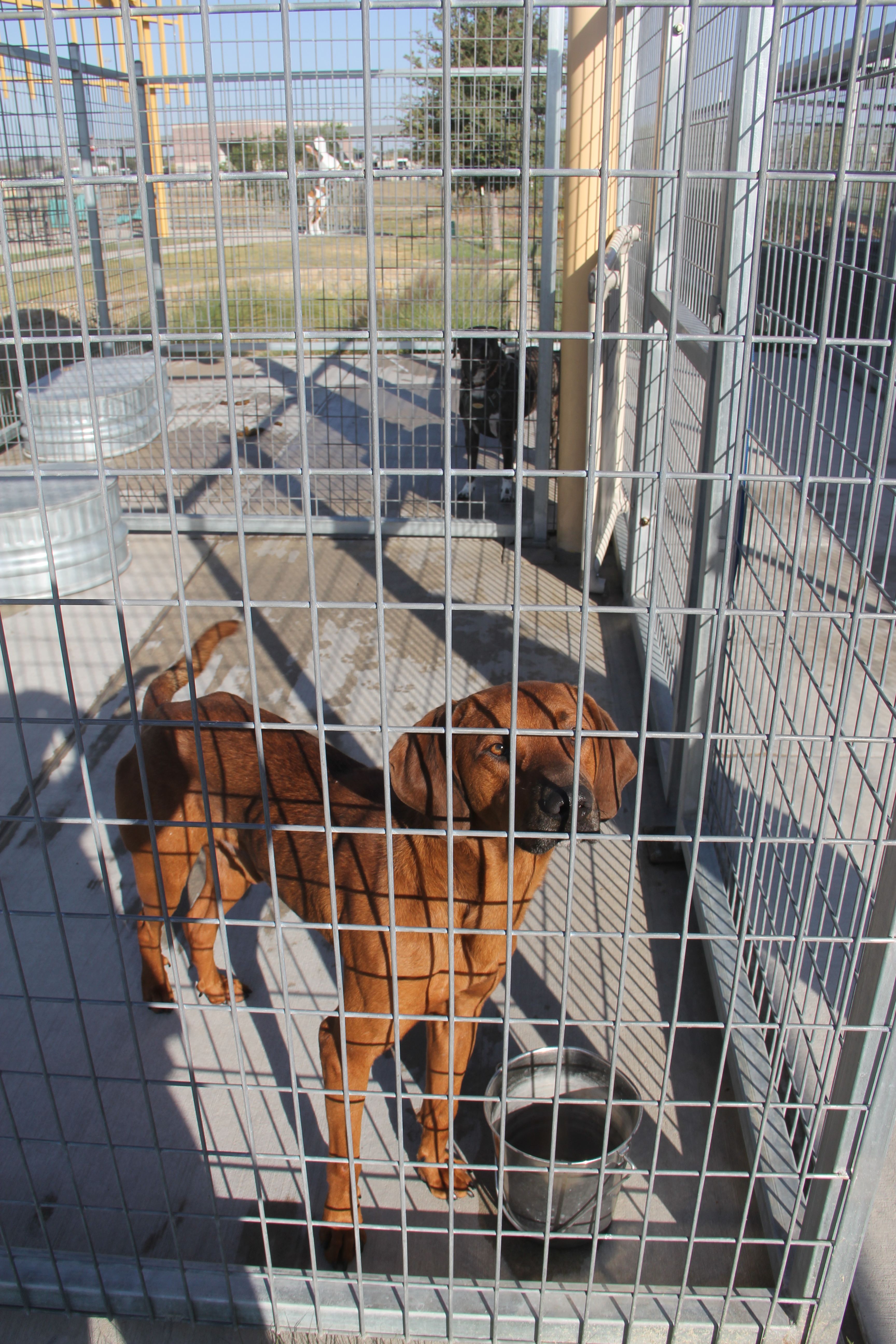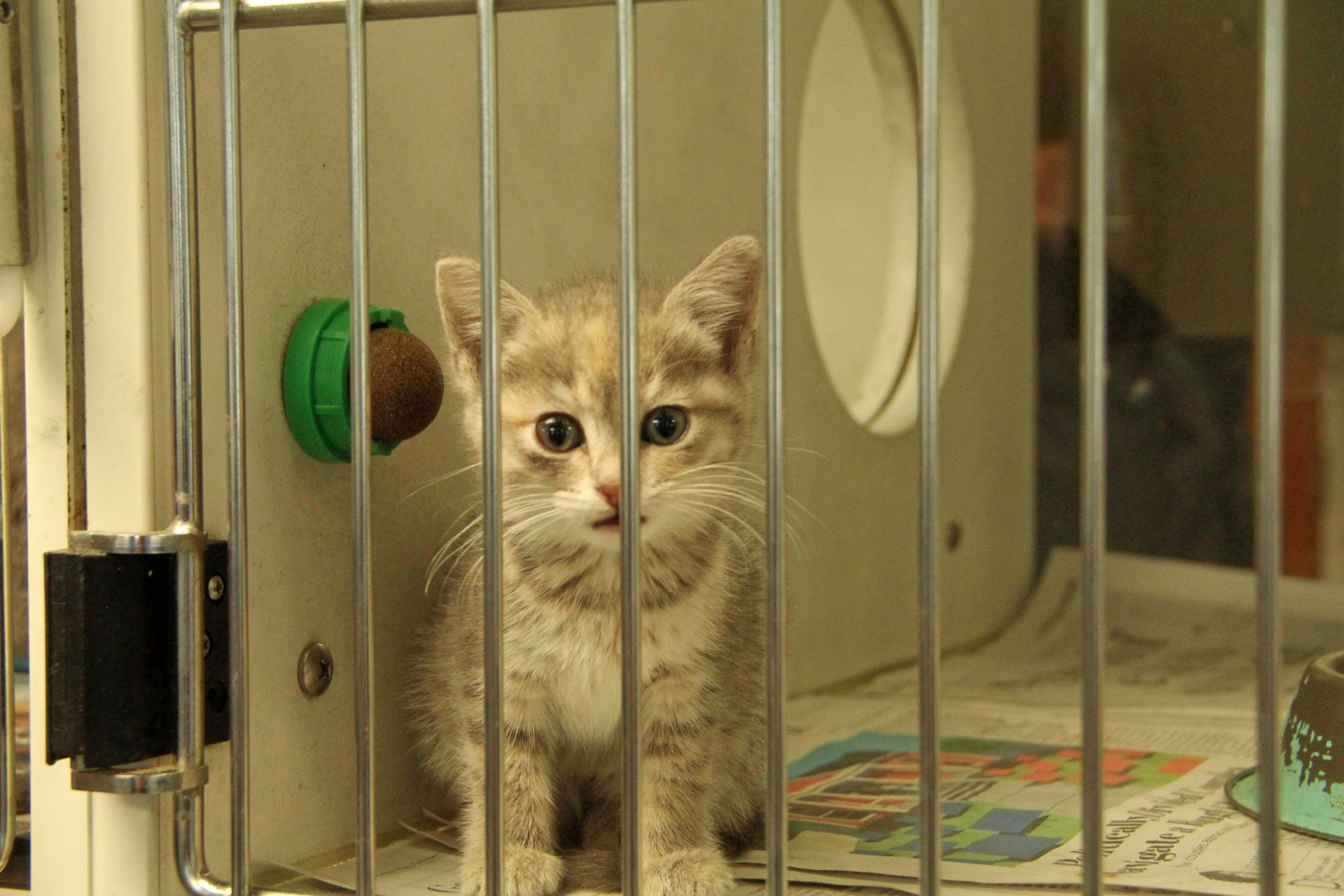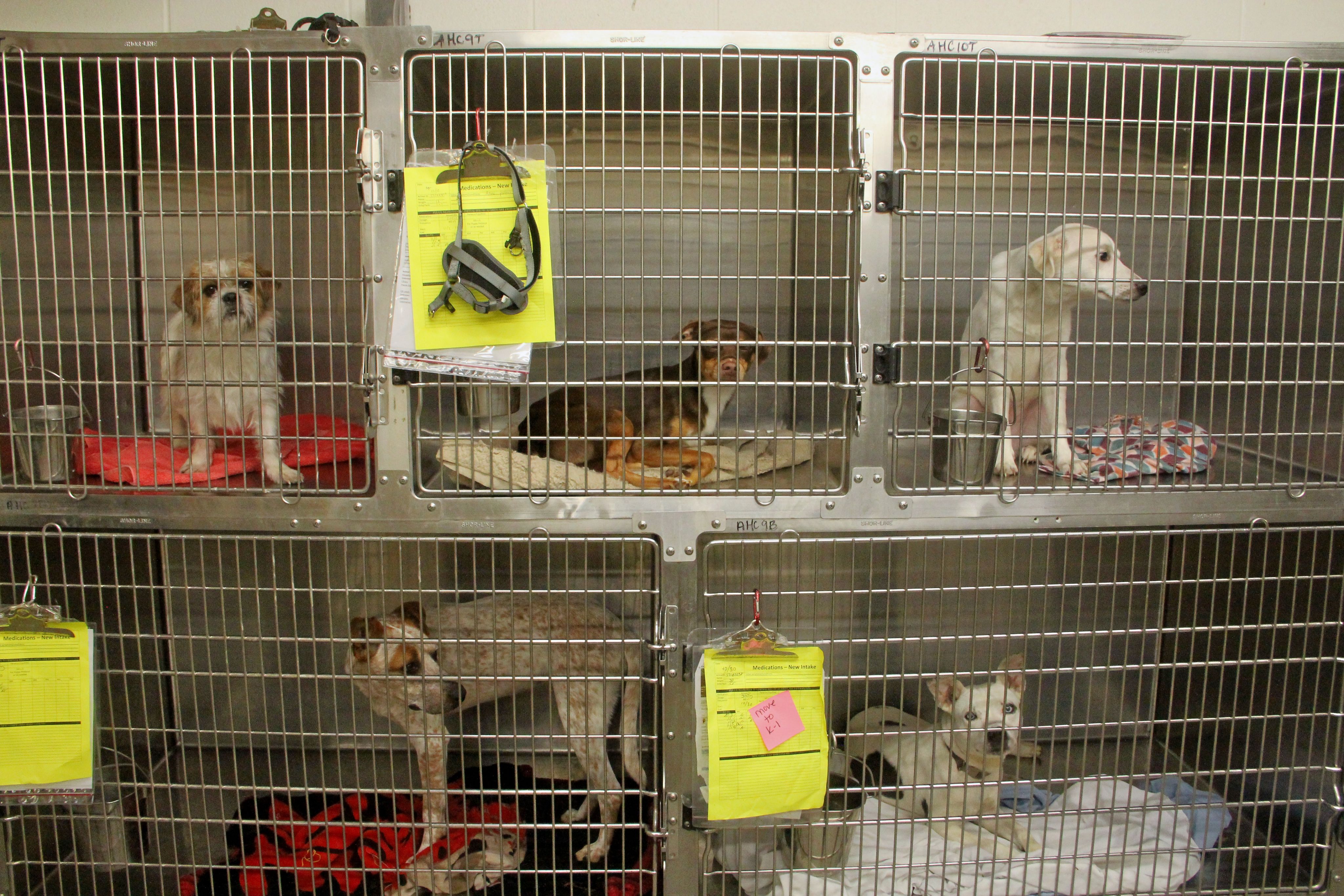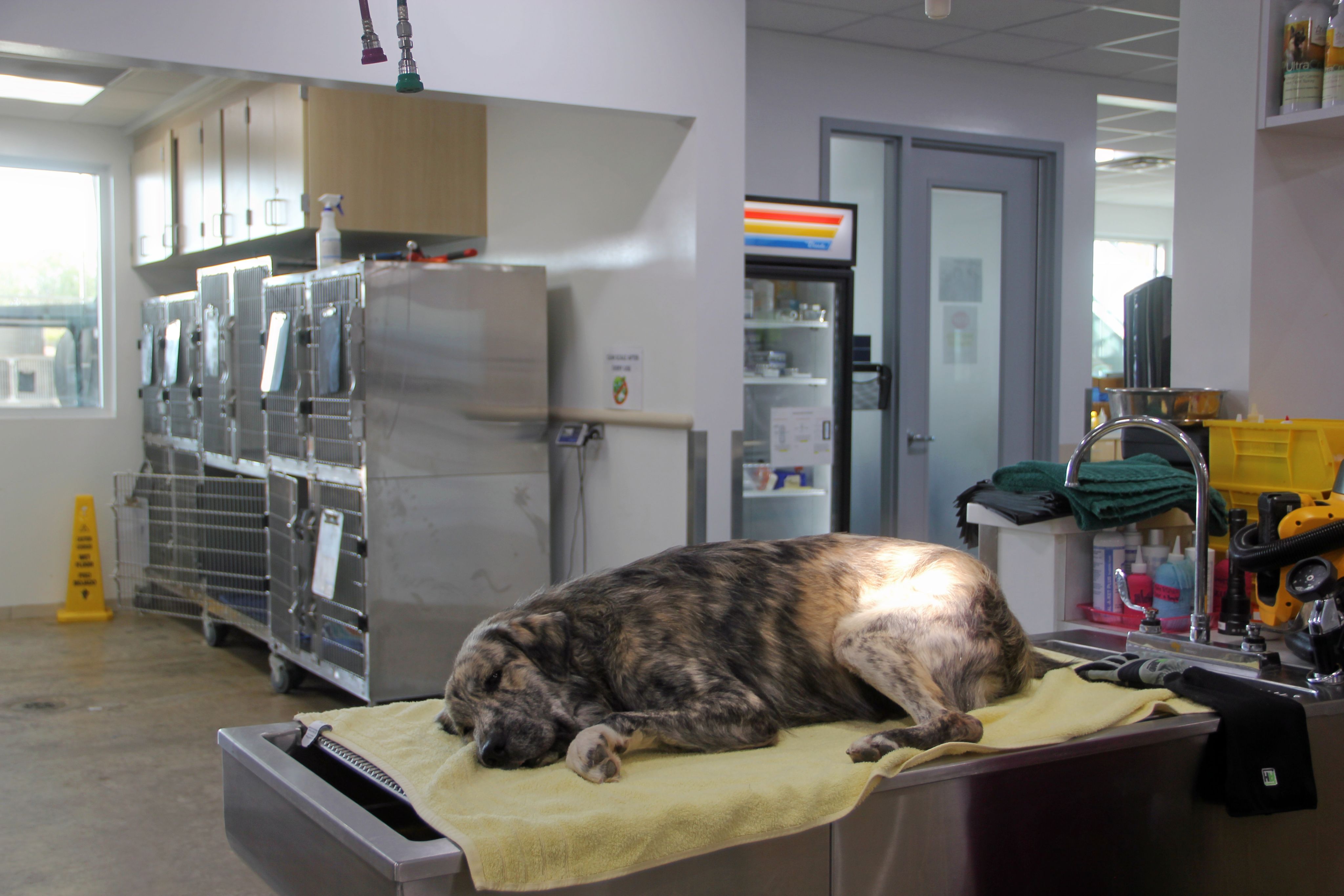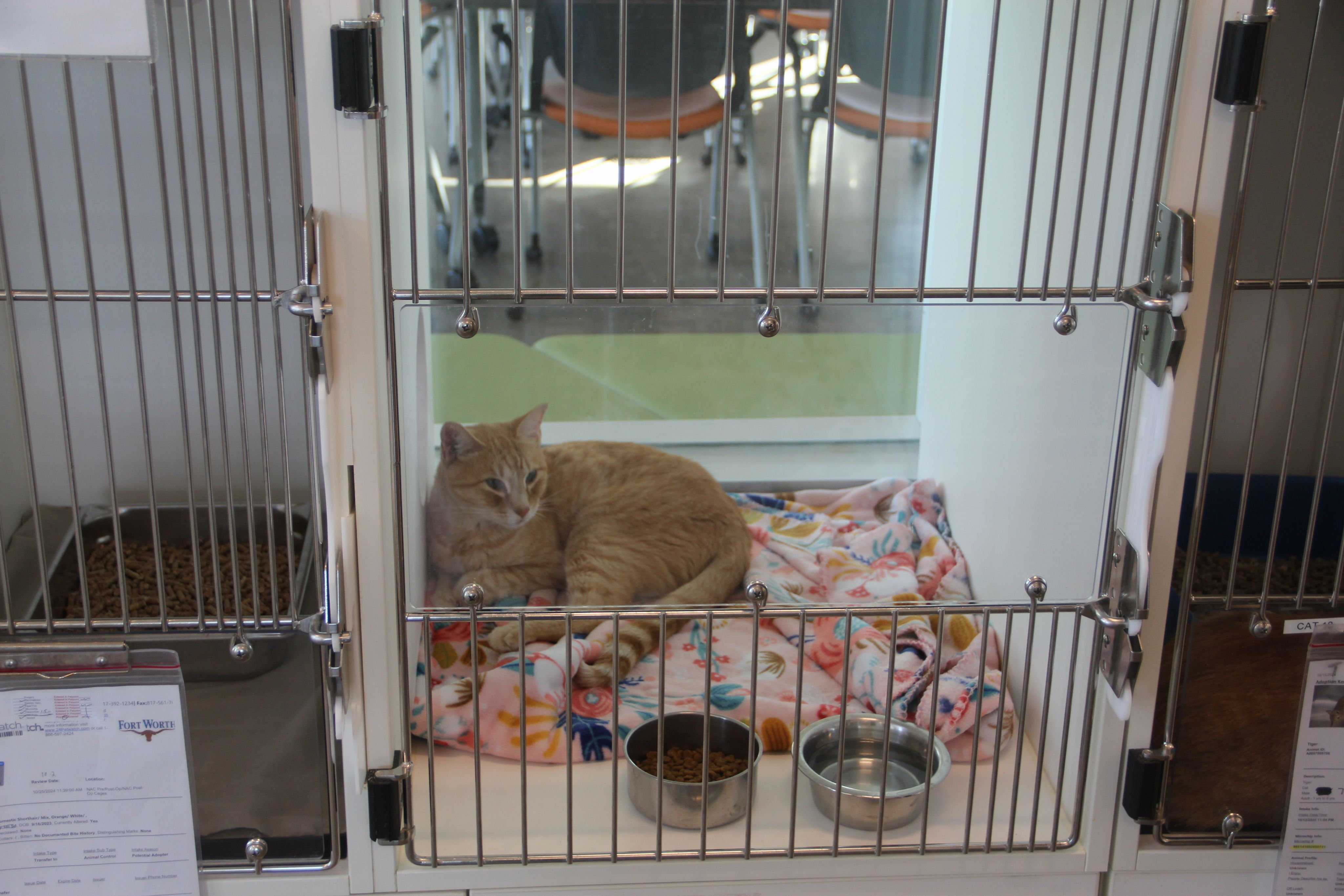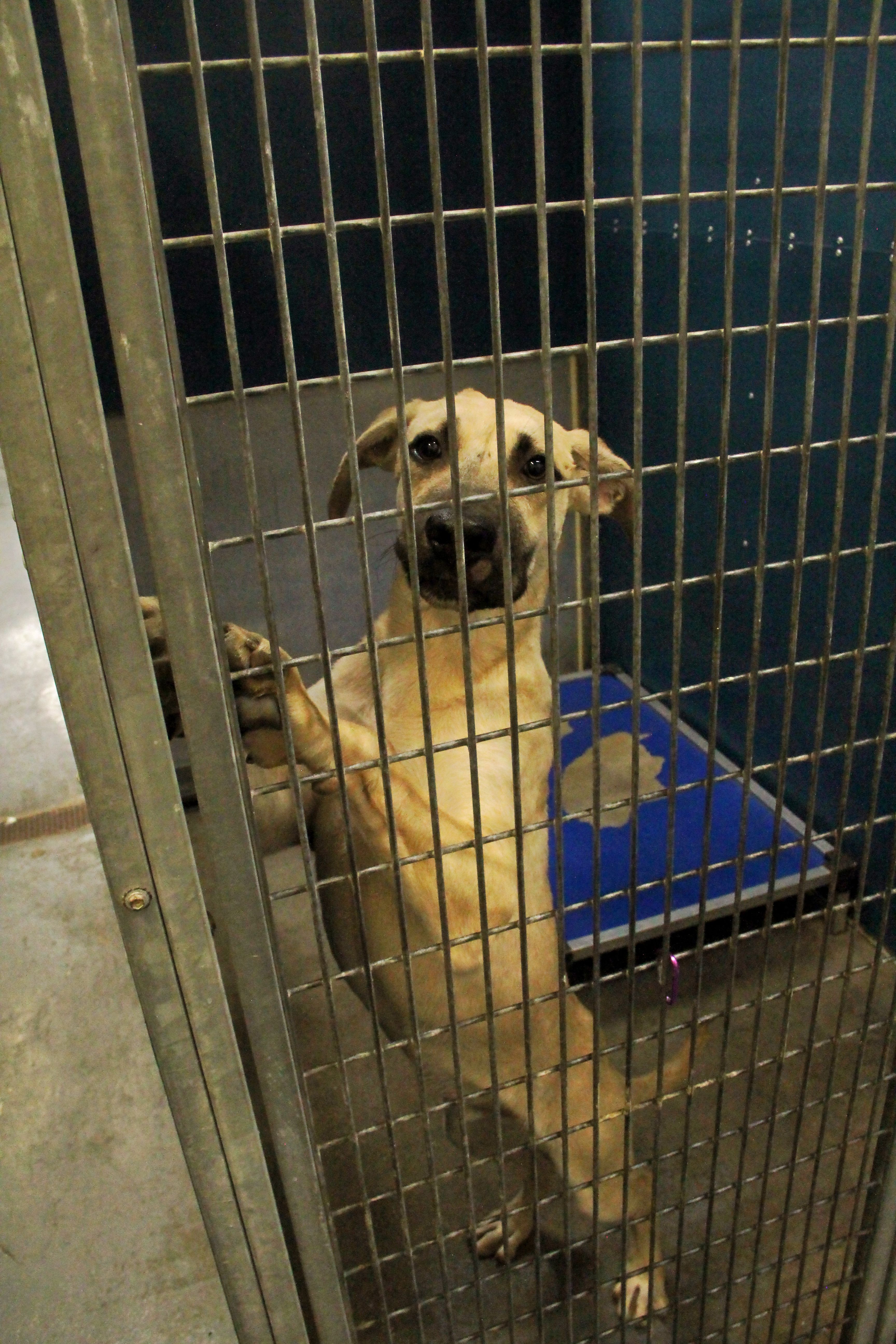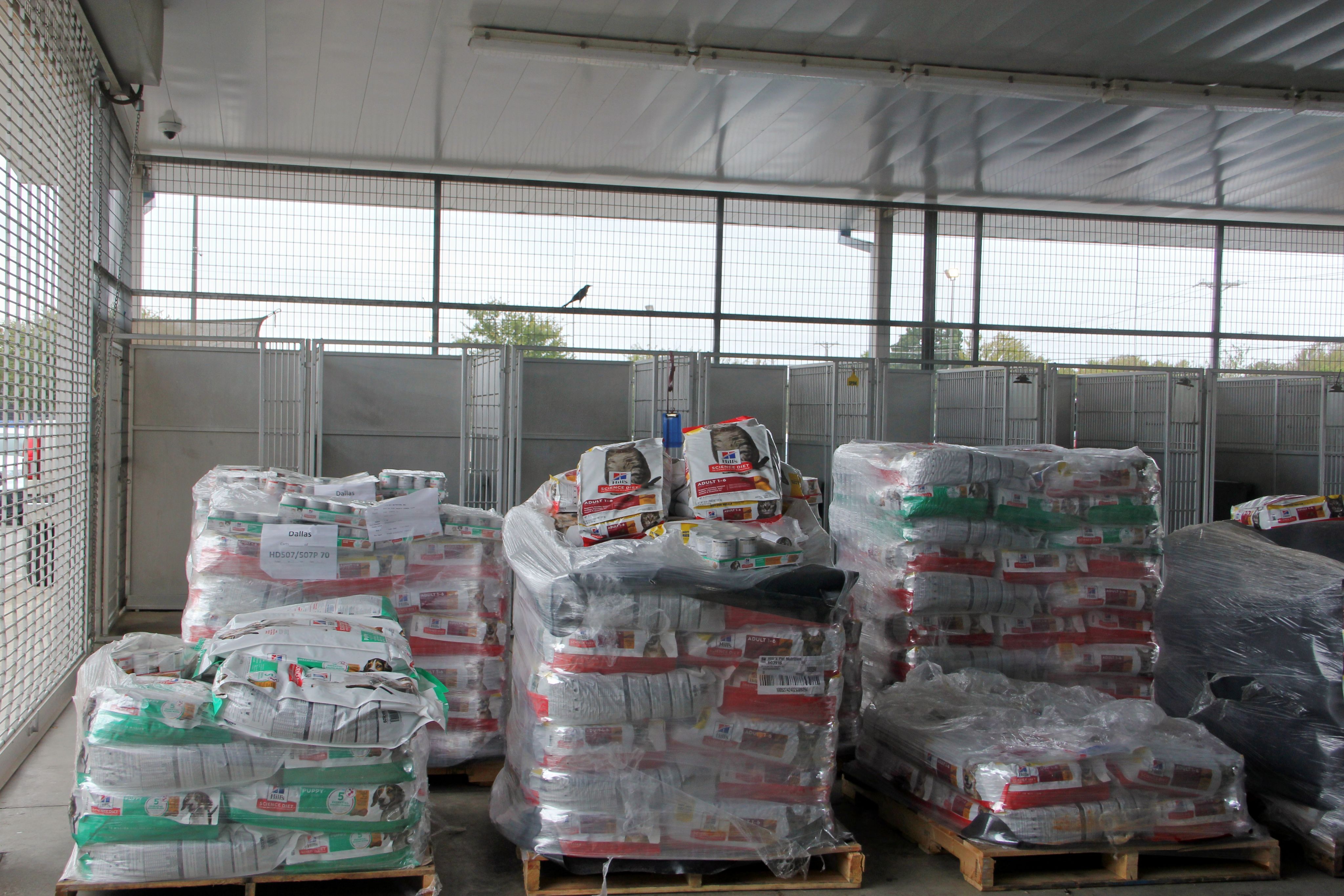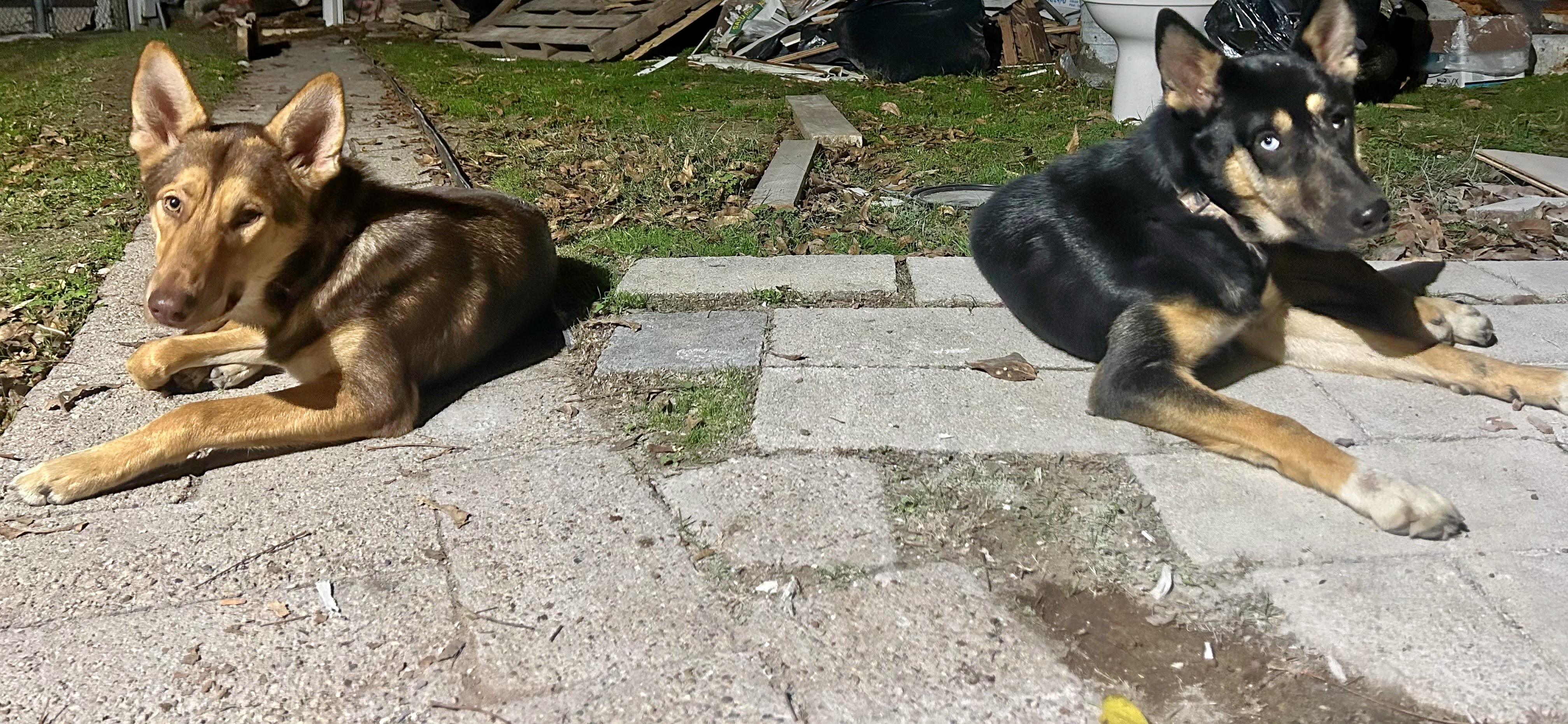Irresponsible pet ownership could be responsible for shelter overcrowding
Focus on Fort Worth shelters
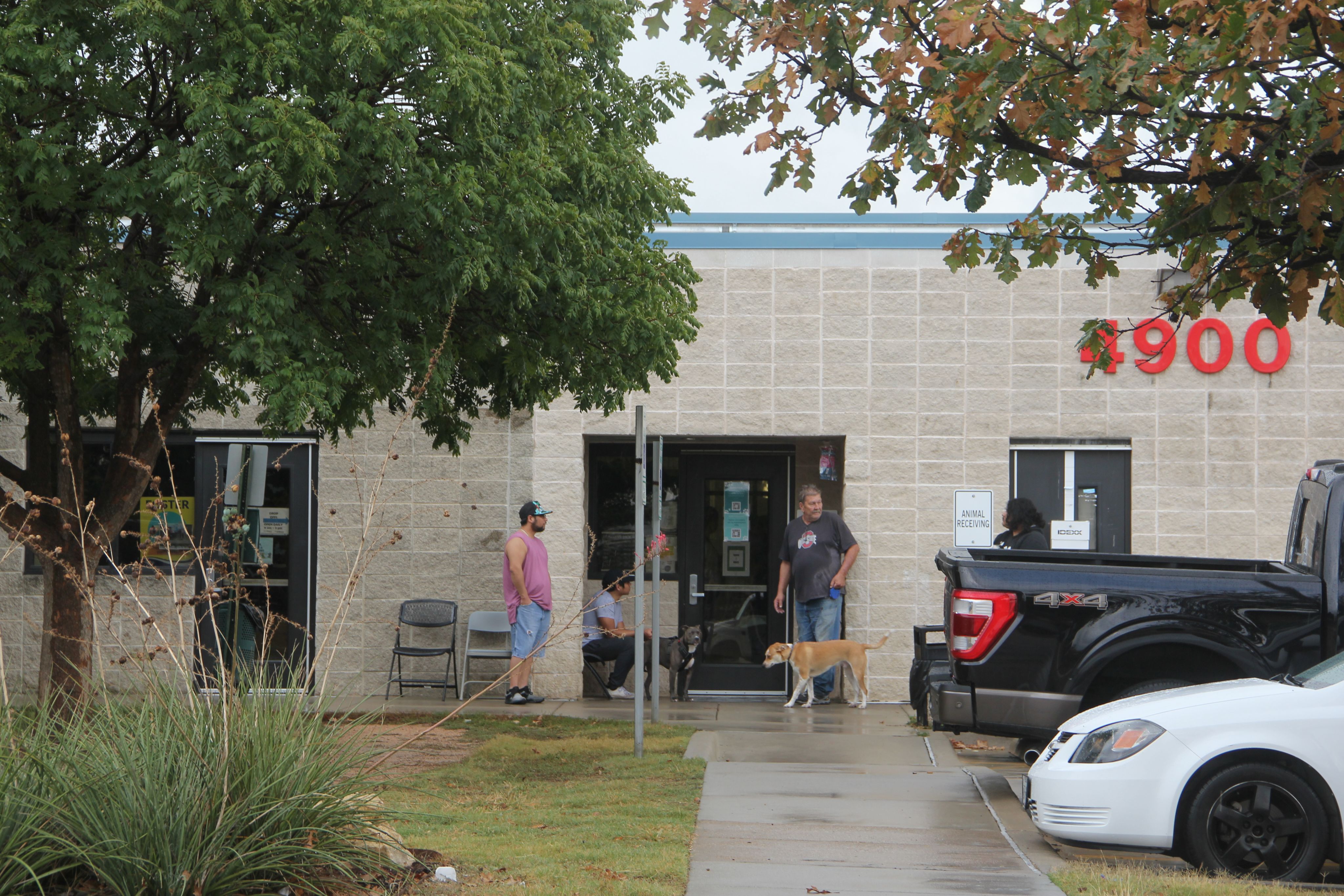
No end in sight
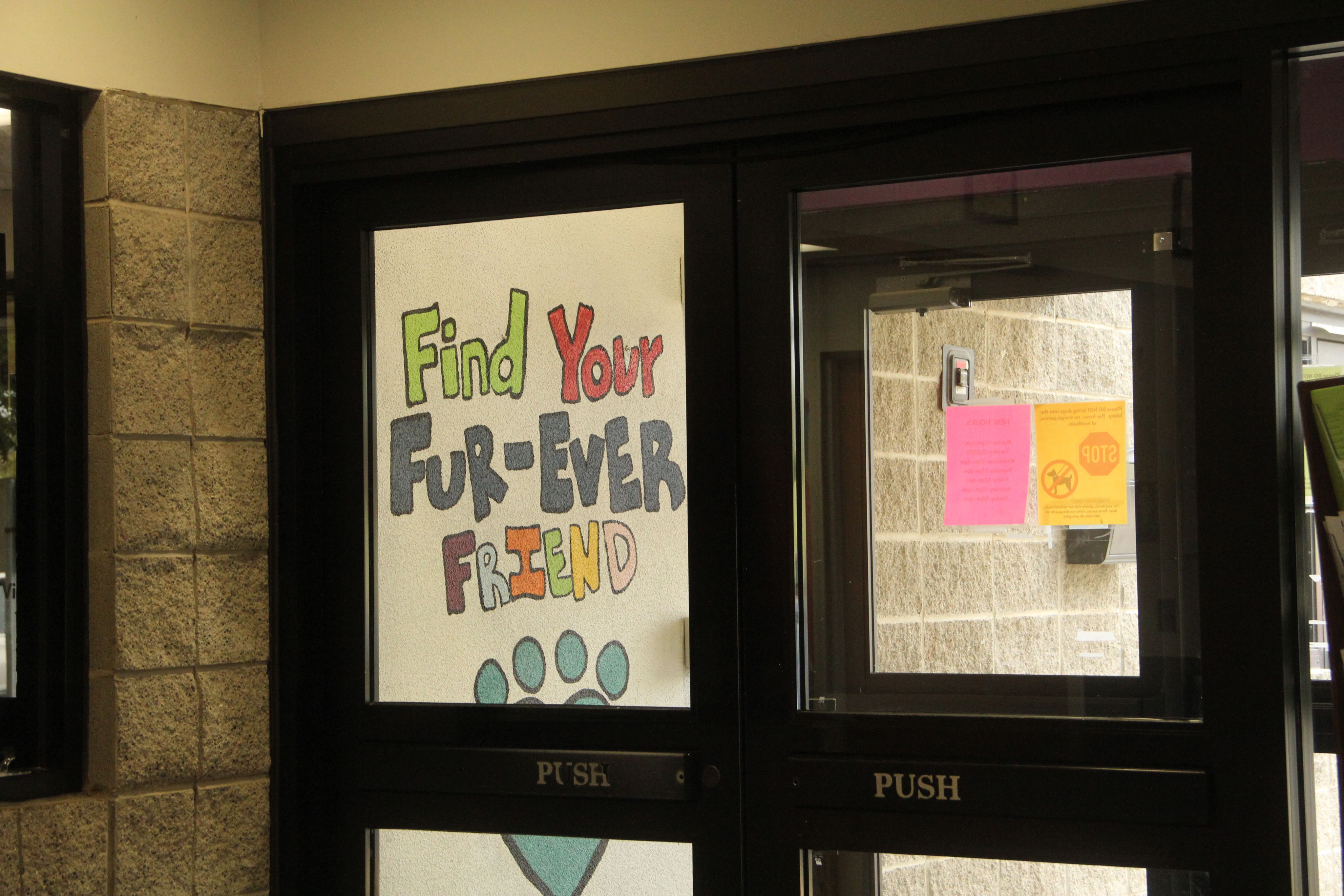
“It’s frustrating to deal with the onslaught of the animals that come in here with no end in sight.”
At the beginning of 2024, Fort Worth Animal Care and Control (FWACC) reported taking in 1,625 animals in March.
Despite the large intake, the city had a high release rate of 80% through strong adoption and transfer efforts, but euthanasia of treatable animals remained an issue.
The over capacity of animal shelters and euthanasia rates receive the most coverage and attention. But what about the strays that don’t make it to the shelter? You are likely to see them on the side of the road.
In 2023 and 2024, the city picked up 2,855 deceased cats and dogs from city streets that were struck by a vehicle or found in the road, a number reflective of the loss of members of the overcrowded stray population that don’t make it to the shelter.
“When I first started here, our euthanasia rate was extremly high,” Alexander said who has been with FWACC for 25 years. “There was no where to go with animals. Over time, we developed relationships, programs, transports and everything to drive that down.”
Although he notes that transporting animals out of state to places that don’t experience high volume intakes like the South has really relieved their shelters.
FWACC promotes their volunteer program on their Facebook page.
“Our partners save lives” Outbound Supervisor Melanie Pena said. “Our transport program here in Fort Worth has saved over 1,000 dogs alone in 2023. Many of these dogs were scheduled for euthanasia solely due to capacity.”
Alexander attributed the difference in pet population between the North and South to a “different state of mind” among pet owners.
He explained that there is a perceived increase in commitment for northern pet owners as getting a dog in colder climates means you can’t just leave them outside in the winter.
“I think there’s just more responsible people in that part of the country,” he said.
“How would it look for there to be seven dogs running down the street of New York City, right? Versus seven dogs running down a country road in North Fort Worth,” Shelter Superintendent Anastasia Ramsey said explaining how the difference in setting affects people’s attitudes towards pets and what is acceptable.
The South doesn’t just affect people’s attitudes towards animals, but its warm temperatures affect animals’ tendencies and heat cycles. March through August shelters see an increase in litters as it is puppy and kitten season. Texas’ consistently warm temperatures encourage activity among animals whereas cold weather subdues them to preserve body heat.
FWACC shares their final transport flight of the year.
“You could build multiple shelters. As long as people continue to be irresponsible with spay and neuter, it will always be an issue.”
With the addition of the North Campus animal shelter in 2021, the FWACC expanded their resources further.
“When they were building this (North Campus), the assistant director said to me, ‘I’ll be so glad when this new shelter is built, because we’ll take half the dogs from the South, we’ll bring them up here,’” Alexander said. “Three weeks, this place was full.”
The shelter is never not at capacity he said, particularly for dogs.
Alexander shared his frustration with the overwhelming number of animals that come into the shelter with no end in sight — something he has felt since the pandemic as there was an increase in pet ownership.
The pandemic also limited vet access increasing the number of unaltered pets. Now, vets are at a premium and the North Campus doesn’t have one on staff.
With increased intake and relying on contract vets, keeping up with internal surgeries is hard, limiting them as a resource for programs like Trap Neuter Release (TNR) for feral cats.
A recent Texas law protects those that release spayed or neutered cats from being prosecuted for abandonment.
In Fort Worth, there isn’t a law that requires pets to be spayed and neutured, but an ordinance that requires that if they are not altered, the owner must provide a pet permit showing the purpose of leaving them unaltered like for sport or breeding.
“We have a huge part of the community backyard breeding dogs and not having their pets spayed and neutered,” Pena said. “We need to be teaching our youth the importance of vaccinating, microchipping and having our pets altered.”
4-month-old male Terrier mix, recently brought into the Fort Worth shelter as a stray.
4-month-old male Terrier mix, recently brought into the Fort Worth shelter as a stray.
A shelter dog enjoys time outdoors in one of the North Campus’ outdoor kennels.
A shelter dog enjoys time outdoors in one of the North Campus’ outdoor kennels.
A kitten awaits adoption in the North Campus’ cat room.
A kitten awaits adoption in the North Campus’ cat room.
Shelter Superintendent Ramsey and her office cat Naomi.
Shelter Superintendent Ramsey and her office cat Naomi.
Dogs await medical treatment in one of the sick-dog kennels at the south animal campus.
Dogs await medical treatment in one of the sick-dog kennels at the south animal campus.
The vet prepares this dog for a procedure at the North Campus on a surgery day.
The vet prepares this dog for a procedure at the North Campus on a surgery day.
Steps to surrender
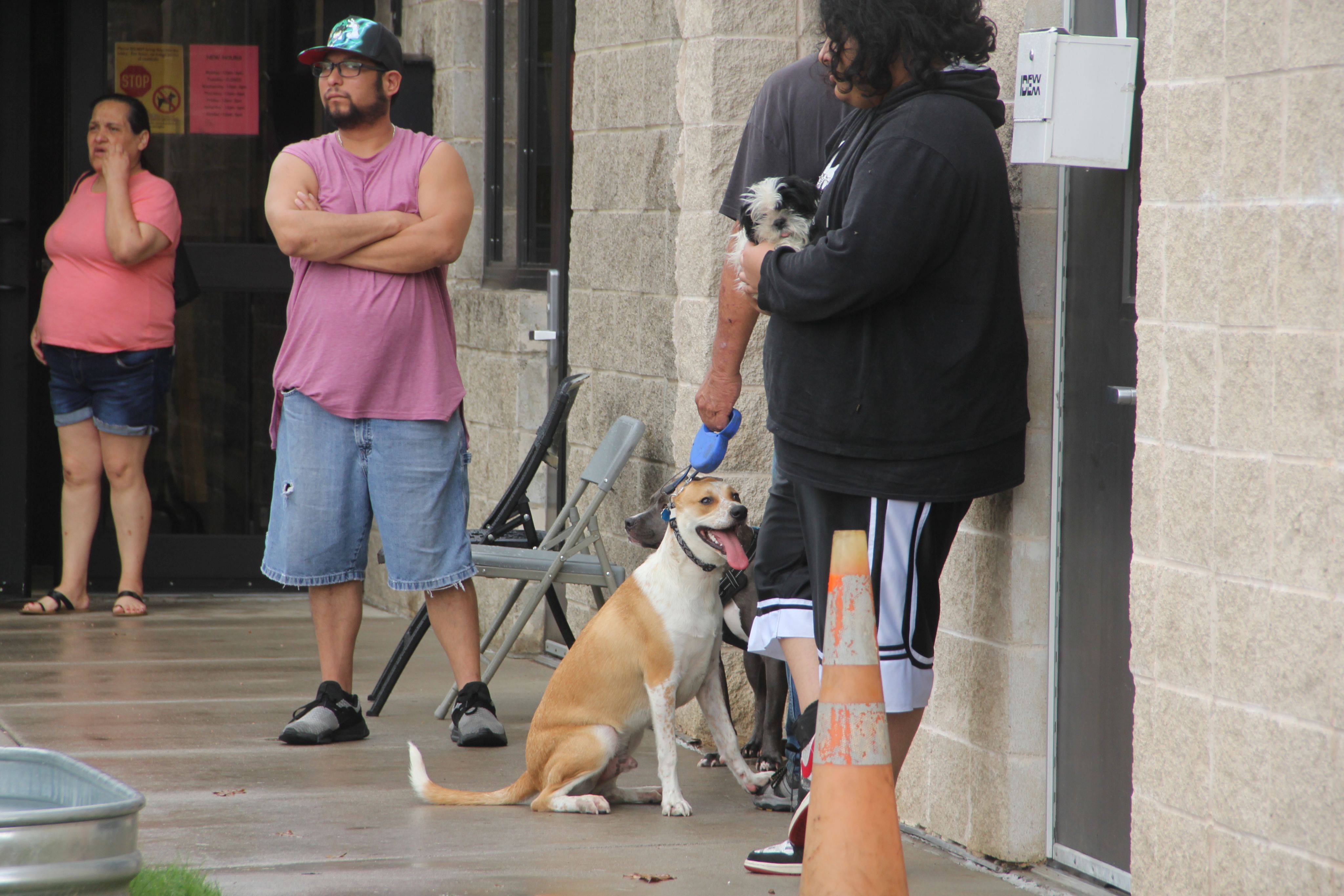
A cat ready to be adopted at the North Campus.
A cat ready to be adopted at the North Campus.
A dog in one of the intake kennels at the South campus.
A dog in one of the intake kennels at the South campus.
Stock of pet food at the South shelter. The shelter provides food for fosters and anyone in the community that can’t afford food for their pet.
Stock of pet food at the South shelter. The shelter provides food for fosters and anyone in the community that can’t afford food for their pet.
“Reach them before they get to the shelter.”
Before the by-appointment surrender system, Alexander said he remembers sometimes 100 dogs surrendered in a day.
Now, prior to surrendering an animal to the shelter, owners must fill out an online form that goes through Spay Neuter Network, a network of organizations to help pet owners get free or affordable resources so they can keep their pet.
“If they get all the way to the shelter and then you’re offering them resources, they’re less likely to be receptive,” Ramsey said. “They’ve done the hard piece of telling their kids they’re getting rid of the dog.”
Ramsey said they see up to 20% keep their pets because of this system which “when you’re talking 10,000 pets over the year, 2000 pets is a big deal.”
“We get people that go ‘Oh, I’m catching a plane today, I’ve gotta get rid of my dog today.’”
Both Superintendents agreed the main reasons for surrender are financial-based and have increased because of the economy.
“Our biggest intake reasons are generally moving and landlord issues," Ramsey said. "So people who can't afford the pet deposits, can't afford a monthly pet rent, the landlord has breed restrictions or size restrictions."
She said they see a lot of owners moving from accommodating housing to low-income apartments that have these strict pet restrictions.
“Apartments almost never allow a pit bull, which is the biggest thing that we have here,” she said explaining that insurance companies assign them a higher bite risk than a lab. “There are more pit bulls in the country than labs, so obviously, the number will be skewed.”
Changing the cycle
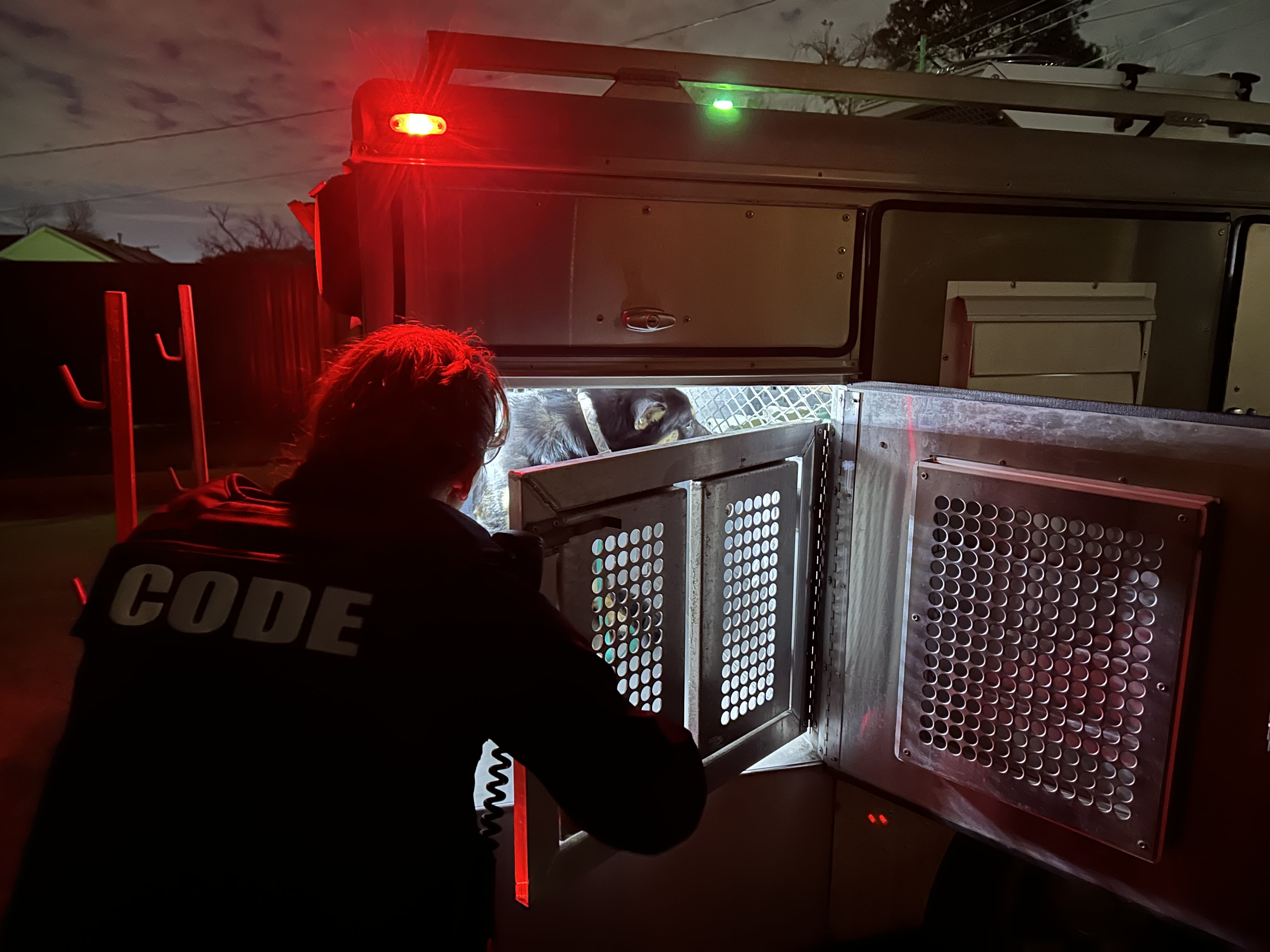
“Educate people and do enforcement, then you’ll see that drop. You’ll see where people start taking more responsibility for the animal now.”
One responding animal control officer said if she could prove negligence that contributed to stray dog fleas or repeat escape, she would give the owners a citation.
These two sisters wait to get picked up by FWACC after being found wondering the streets for the second time.
These two sisters wait to get picked up by FWACC after being found wondering the streets for the second time.
In one instance, a male dog was found displaying aggression. He resisted the two responding animal control officers. Since he was chipped, they were able to see his bite record. In Texas, the “one-bite-rule” holds owners liable if their pet attacks while they have knowledge of their aggressive behavior.
FWACC officers wrangle an aggressive dog so that they can scan and return him to his owner.
FWACC officers wrangle an aggressive dog so that they can scan and return him to his owner.
Witnessing such instances seems to suggest irresponsible pet ownership is at the root of the issue.
Comparing conversations with the shelter officials about the success of FWACC programs and initiatives with data trends from the shelter over the years revealed that the city’s efforts to educate and provide resources to pet owners are making a difference despite the attitudes and obstacles put against pet owners.
“The community should care because it’s a local and a major issue in Fort Worth. The amount of strays and injured animals coming to our shelters is alarming.If we start with the children perhaps the adults down the line can help change this cycle.”
